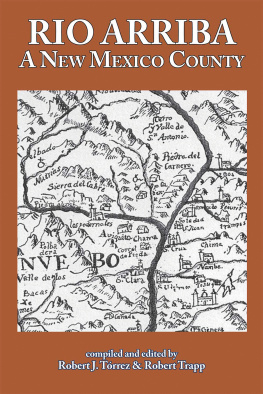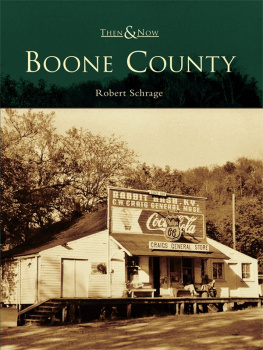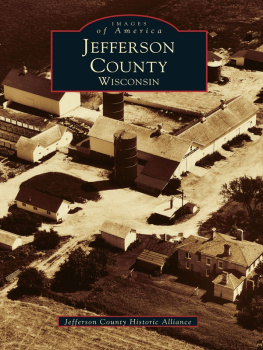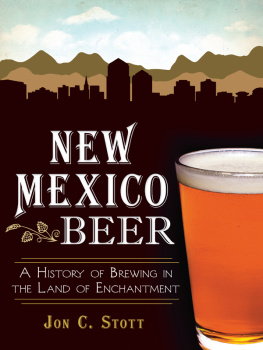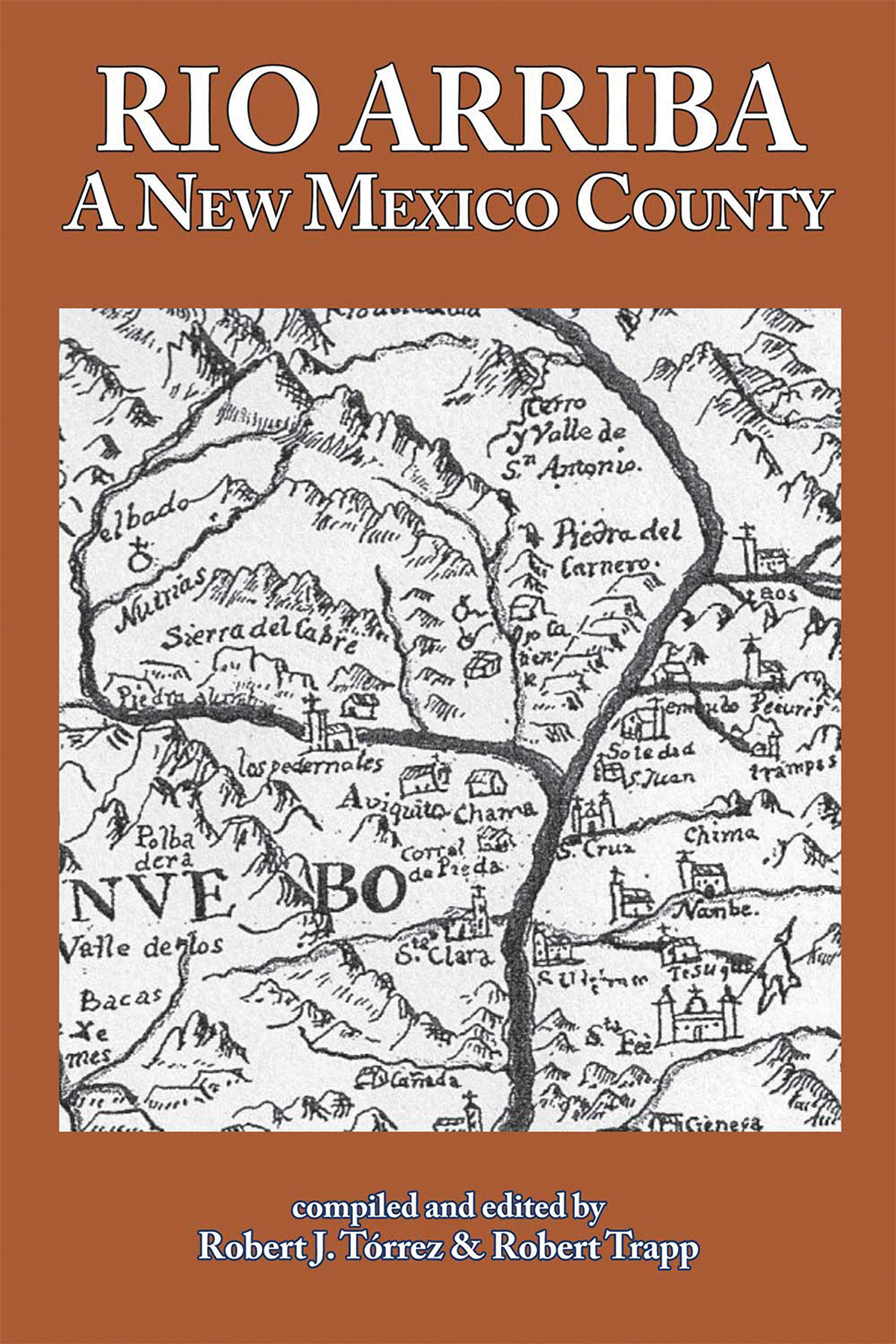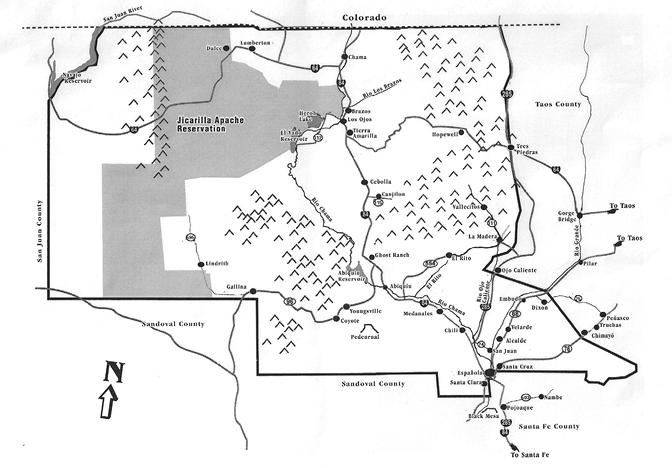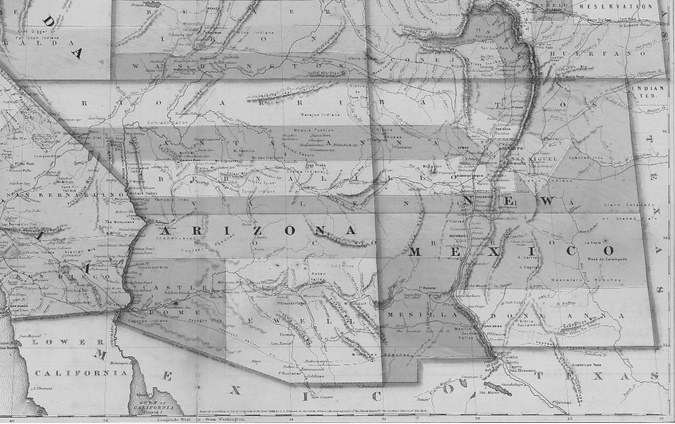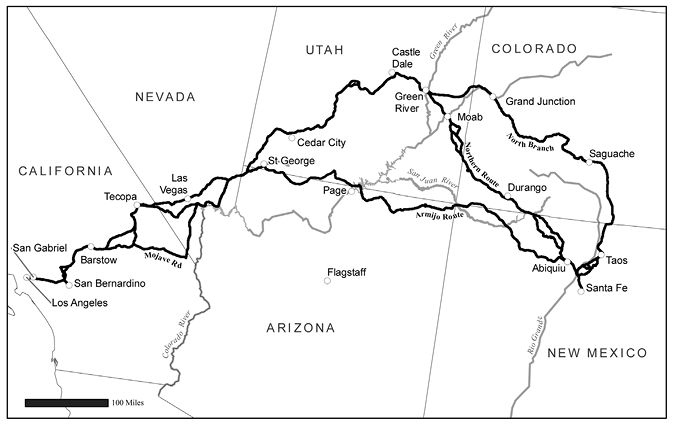Robert J. Torrez - Rio Arriba: A New Mexico County
Here you can read online Robert J. Torrez - Rio Arriba: A New Mexico County full text of the book (entire story) in english for free. Download pdf and epub, get meaning, cover and reviews about this ebook. year: 2010, publisher: BookBaby, genre: Religion. Description of the work, (preface) as well as reviews are available. Best literature library LitArk.com created for fans of good reading and offers a wide selection of genres:
Romance novel
Science fiction
Adventure
Detective
Science
History
Home and family
Prose
Art
Politics
Computer
Non-fiction
Religion
Business
Children
Humor
Choose a favorite category and find really read worthwhile books. Enjoy immersion in the world of imagination, feel the emotions of the characters or learn something new for yourself, make an fascinating discovery.
- Book:Rio Arriba: A New Mexico County
- Author:
- Publisher:BookBaby
- Genre:
- Year:2010
- Rating:3 / 5
- Favourites:Add to favourites
- Your mark:
Rio Arriba: A New Mexico County: summary, description and annotation
We offer to read an annotation, description, summary or preface (depends on what the author of the book "Rio Arriba: A New Mexico County" wrote himself). If you haven't found the necessary information about the book — write in the comments, we will try to find it.
Rio arriba. In Spanish, the lower case rio arriba stands for the upper river, that portion of northern New Mexico that straddles the Rio del Norte, the historic name of the Rio Grande. In the upper case, they stand for Rio Arriba County, a geopolitical entity that constitutes a small portion of the historic rio arriba. The words define a vast portion of New Mexico that extends from the historic villa of Santa Fe north into the San Luis Valley of todays southern Colorado. Former New Mexico State Historian Robert J. Trrez, Robert Trapp, long-time owner and publisher of Espaolas Rio Grande Sun, and eight additional authors have come together to examine the long and complex history of this rio arriba.
Rio Arriba: A New Mexico County reviews the history of this fascinating and unique area. The authors provide us an overview of its primordial beginnings (that left us the fossilized remains of coelophysis, our official state fossil), introduce us to the Tewa peoples that established the countys first permanent settlements, as discuss the role the Navajo, Ute, and Jicarilla Apache played in the regions history. As the history unfolds, the reader learns about the Spanish conquistadores and later-arriving Americans, their often contentious relations with the Native American peoples, and how the communities they established and the institutions they brought with them helped shape the Rio Arriba County of today.
This book has been a long time coming. Of the thousands of books published on New Mexicos long and varied history, none have attempted to tell the history of Rio Arriba County. Rio Arriba County was formally established January 9, 1852, one of seven original counties organized when New Mexico became a United States territory. It is a vast land mass nearly twice the size of the combined states of Delaware and Rhode Island. But its history predates 1852. It is a story of good times and hard times; of land grants, violence and yes, corruption in a remote area where the family was all-important as was the feeding of that family.
Robert J. Torrez: author's other books
Who wrote Rio Arriba: A New Mexico County? Find out the surname, the name of the author of the book and a list of all author's works by series.

